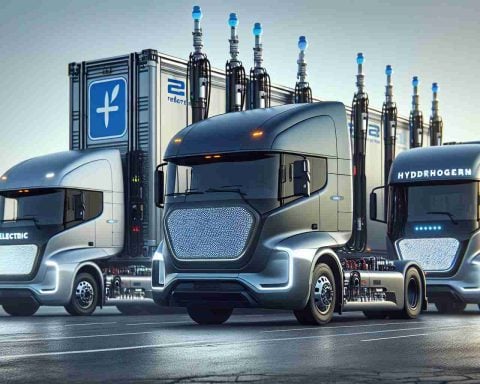In a strategic move to bolster India’s aerospace capabilities, Tata Advanced Systems Ltd (TASL) is edging closer to realizing its ambition of manufacturing large military aircraft. Anticipation surrounds the upcoming inauguration of their advanced assembly facility in Vadodara on October 28 by prominent figures, including Prime Minister Narendra Modi and Spain’s Prime Minister Pedro Sanchez.
This state-of-the-art factory is a key element of a $2.5 billion contract between India and Airbus Defence and Space (Airbus DS), aiming to produce 56 C-295 aircraft for the Indian Air Force (IAF). These versatile aircraft, adept at carrying troops, deploying paratroopers, and adapting to various terrains, will gradually phase out the aged Avro fleet in use since the 1960s.
The project plan includes initial delivery of 16 aircraft from Airbus’s San Pablo Sur plant in Seville, Spain. Following this, TASL will spearhead production in India, culminating in the first domestically assembled C-295 by September 2026, with deliveries concluding by 2031. This facility in Vadodara is not merely an assembly line but also a center for maintenance, repair, and overhaul of these aircraft.
With a remarkable 283 orders from 41 global operators, the C-295 has secured its position as a leader in its category, as highlighted in a recent Airbus statement. The IAF received its initial aircraft in September 2023, and the second delivery followed in May 2024, with a continuous rollout scheduled in the coming months.
New Indian Assembly Plant Set to Revolutionize Aerospace Industry: What You Need to Know
A significant leap forward in Indian aerospace: the inauguration of Tata Advanced Systems Ltd (TASL) assembly facility in Vadodara isn’t just notable for its promise of new military aircraft but also for the ripple effects it will have on the industry and the economy. This new development elevates India’s aerospace manufacturing capabilities and positions the country as a significant player in global aviation markets.
While the central focus has been on the $2.5 billion collaboration between India and Airbus Defence and Space, aiming to produce C-295 aircraft, several other aspects and impacts merit attention. Let’s delve into what hasn’t been emphasized before and how it affects various stakeholders.
Impact on Employment and Skill Development:
The construction and operational phases of the Vadodara facility are expected to generate a substantial number of jobs. Beyond direct employment, there will be an extensive requirement for a skilled workforce, prompting an upsurge in local educational institutions offering specialized training programs. This ecosystem paves the way for enhanced skill pools and economic prosperity in the region.
A Hub for Aerospace Innovation:
Vadodara’s new plant is more than an assembly site; it’s an innovation hub envisaged to host research and development activities in aerospace technology. This offers India the chance to break new ground in aviation advancements and export these innovations, strengthening its global position.
Strengthening India’s Defense Infrastructure:
As India replaces its aging Avro fleet with C-295 aircraft, its defense infrastructure will be significantly reinforced, enhancing mobility and logistical capabilities. The strategic advantage lies in accelerated troop deployment and access to more challenging terrains, heightening national security.
Challenges and Controversies:
Despite these positives, several challenges persist. There’s concern over the degree of technological independence versus dependence, given the foreign involvement in initial phases. Critics argue that true self-reliance will only be achieved if indigenous design and R&D take precedence over license production.
Environmental Impact:
A potential disadvantage is the environmental footprint of setting up a large manufacturing plant with significant resource use. Strategies to incorporate sustainable practices without compromising efficiency are pivotal for minimizing environmental harm.
Comparing Costs and Benefits:
What are the economic ramifications of such a massive undertaking? While the up-front cost is considerable, the long-term economic benefits, such as reduced reliance on imports and increased technological exports, could effectively outweigh these expenditures.
Broader Industry Implications:
This venture is indicative of a broader trend where national industries partner globally yet emphasize domestic production. It will inspire similar collaborations, aligning with the government’s “Make in India” initiative, thereby fostering industrial growth across sectors.
For those intrigued by aerospace development, seeing how such projects unfold offers a glimpse into the future equilibrium of technological and economic empowerment.
For more insights into aerospace advancements and updates, check out Airbus and Tata Advanced Systems.






















